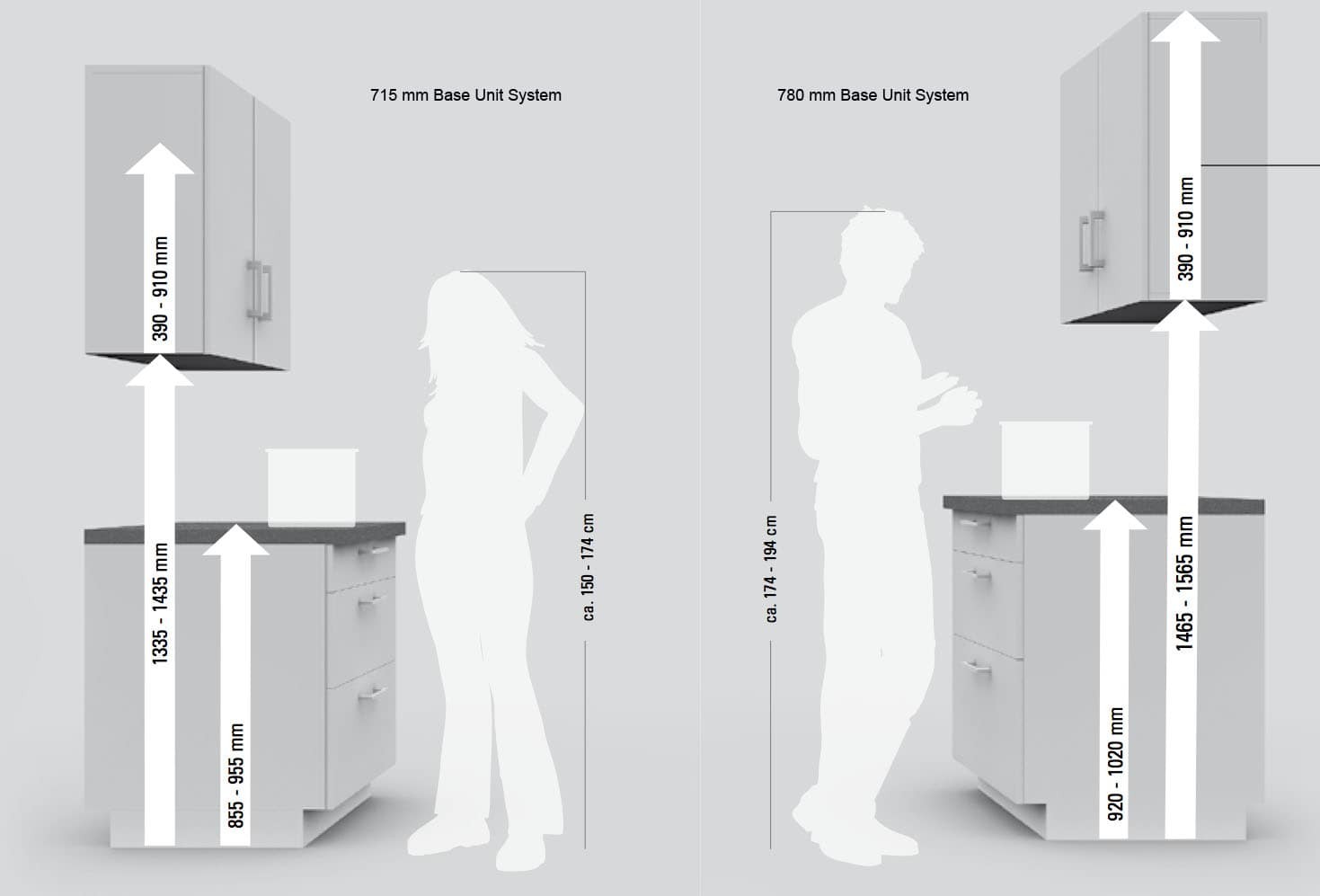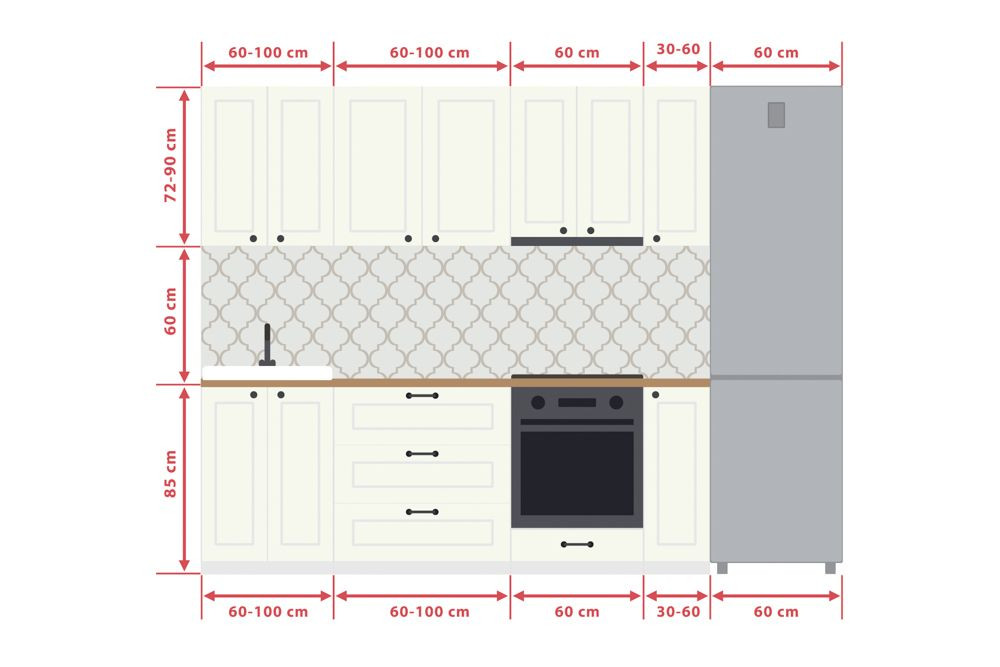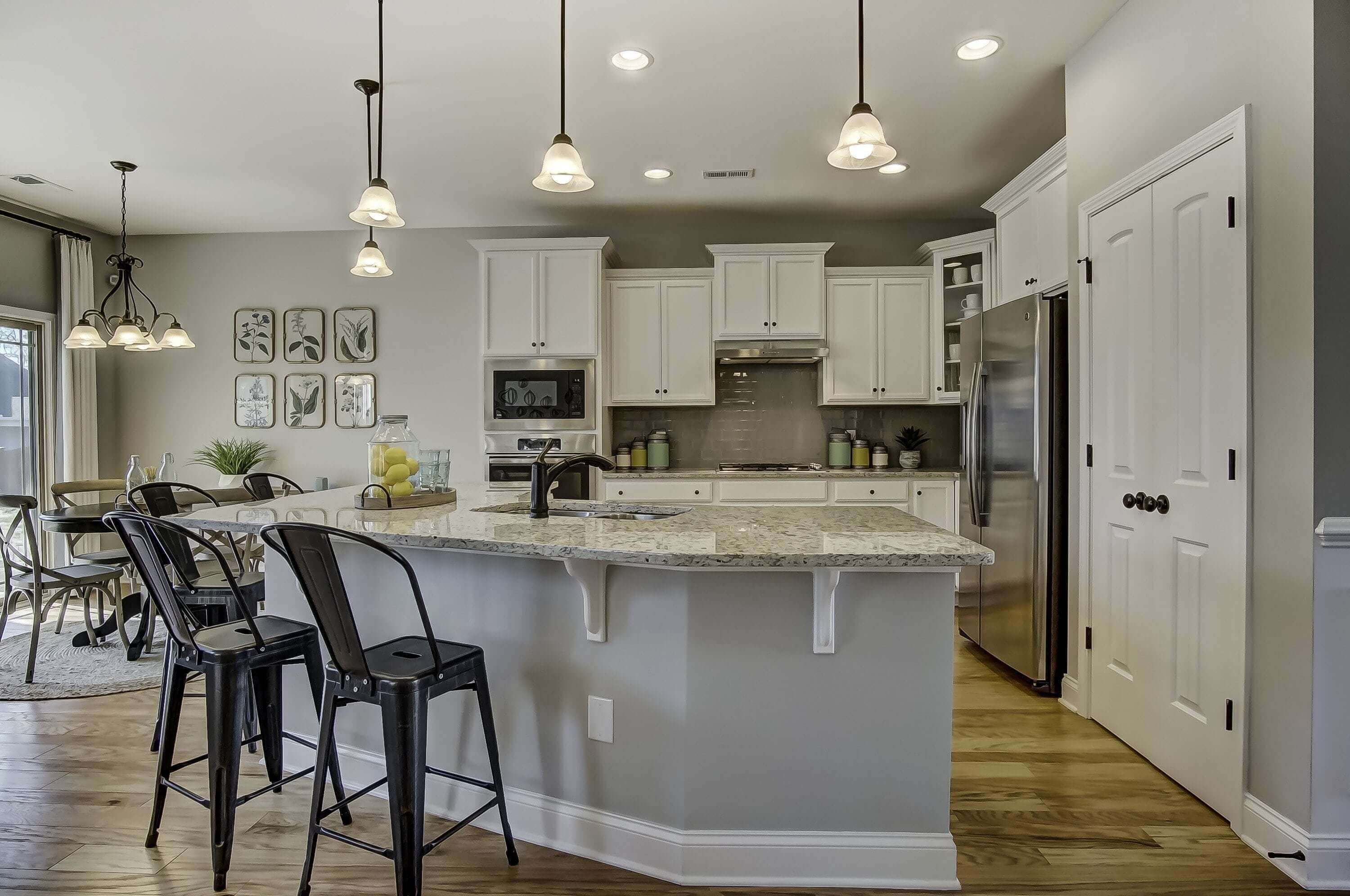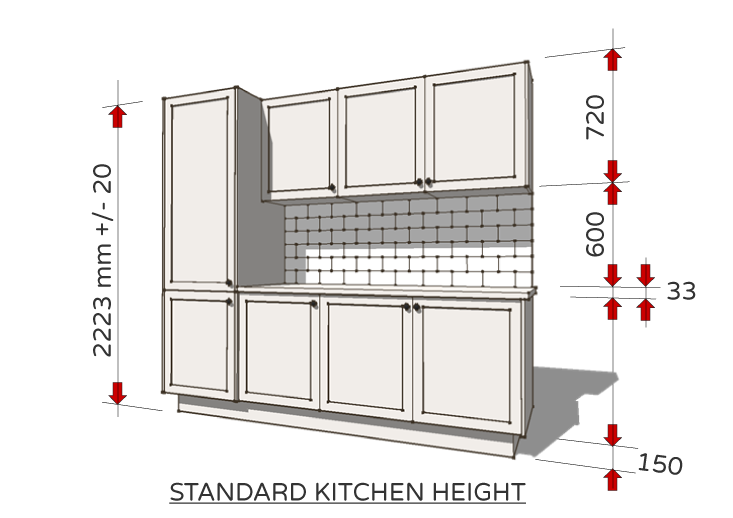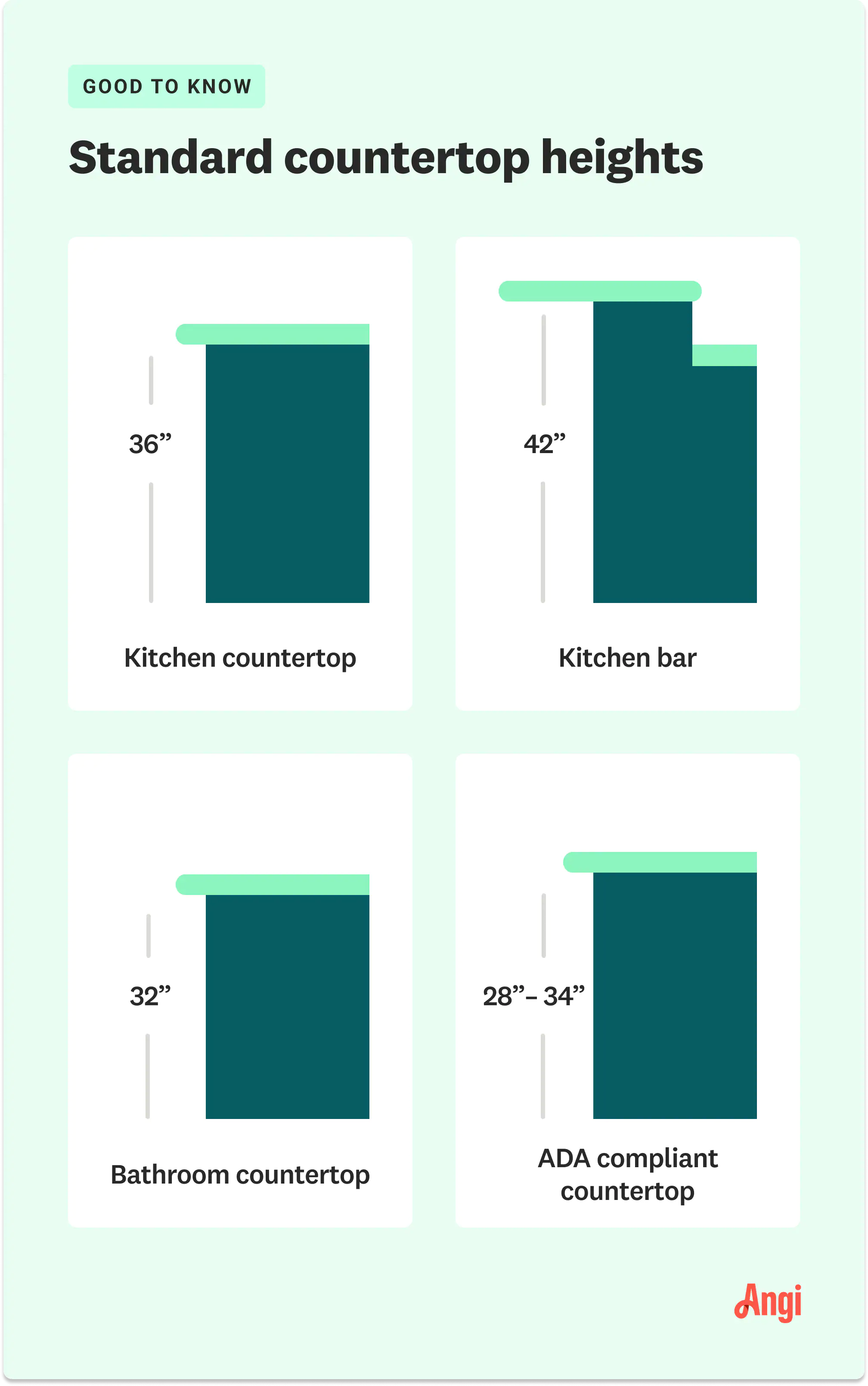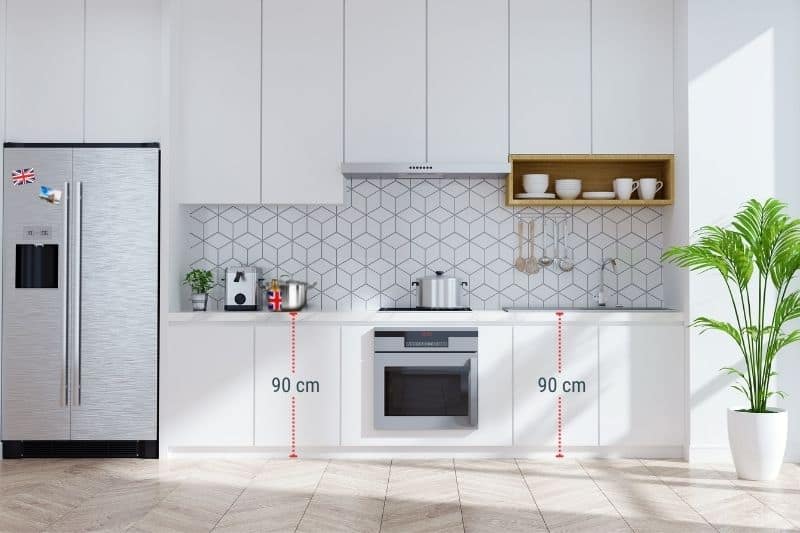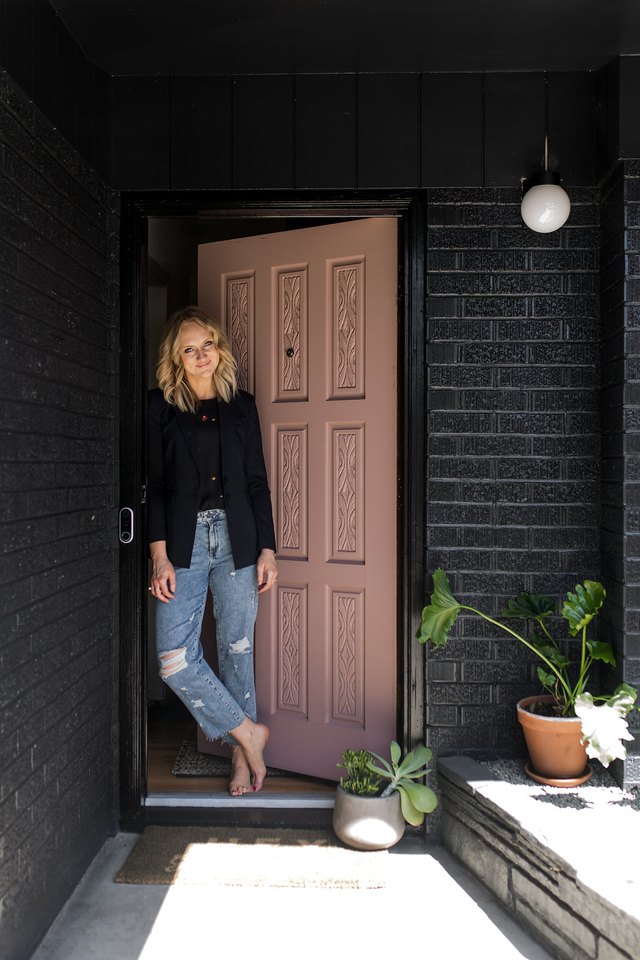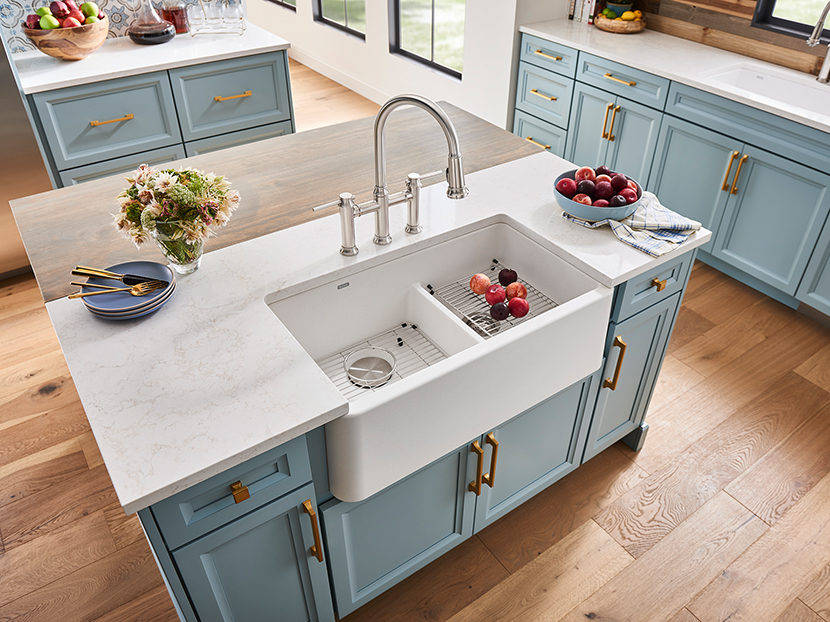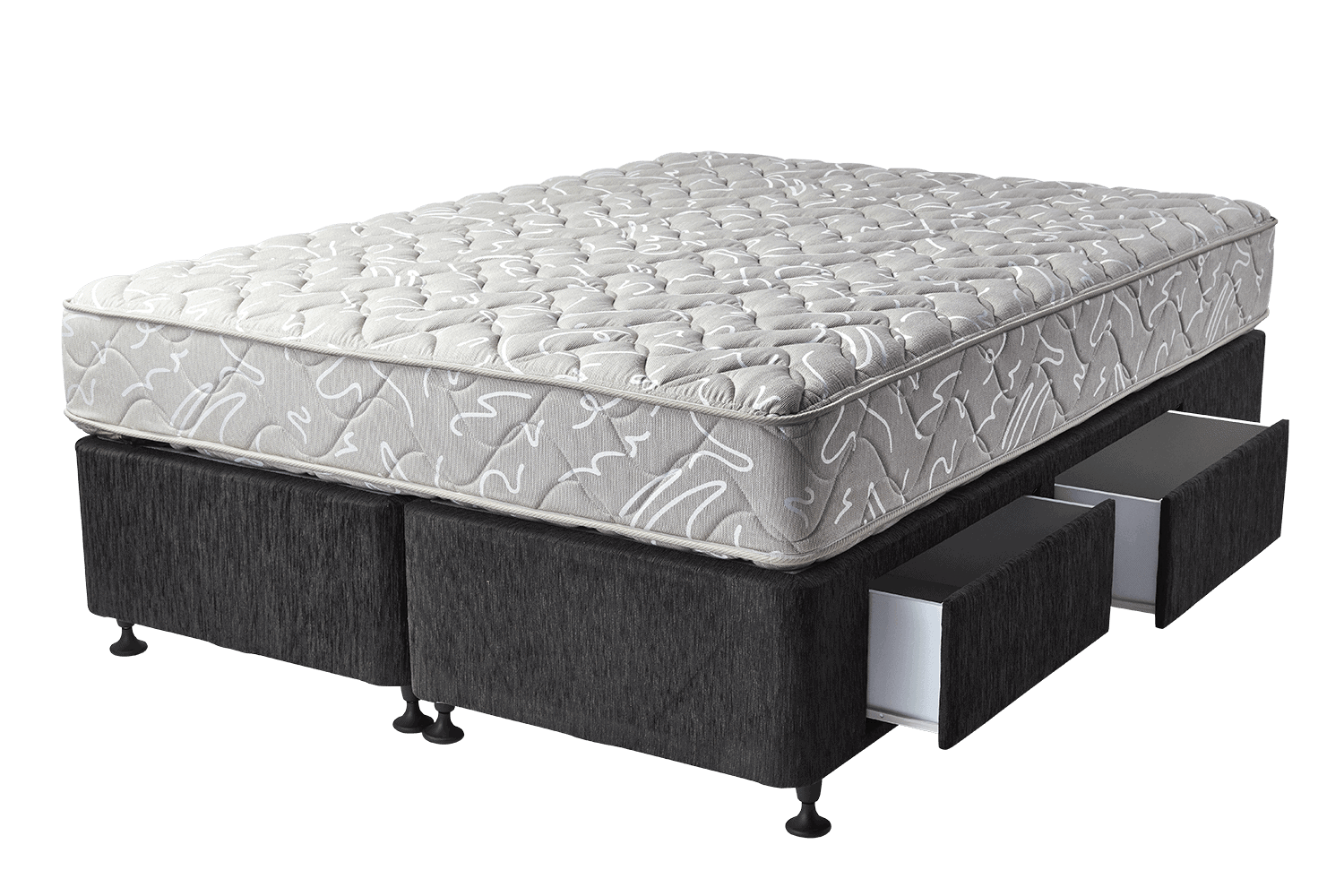When designing a kitchen, one of the most important elements to consider is the countertop bar. Not only does it serve as a functional workspace for cooking and preparing meals, but it also acts as a gathering place for entertaining guests. The dimensions of your kitchen countertop bar can greatly impact the functionality and aesthetic of your space, making it crucial to plan carefully and consider all options.1. Understanding the Importance of Kitchen Countertop Bar Dimensions
The most common standard kitchen counter height is around 36 inches. This allows for a comfortable working height for the average adult and is the most widely used measurement in kitchen design. However, there are also options for taller counters, which can range from 42-48 inches in height. These taller counters are often referred to as bar height and are typically used for seating areas or as a division between the kitchen and living spaces.2. The Standard Kitchen Counter Height
When it comes to the width of your kitchen countertop bar, there are a few factors to consider. The most important consideration is the size of your kitchen and the available space. It's essential to leave enough room for walking and working around the counter, so a minimum of 24 inches in width is recommended. However, if you have a larger kitchen, you may want to consider a wider countertop to allow for more workspace and seating options.3. Determining the Ideal Kitchen Counter Width
The depth of your kitchen countertop bar is another essential factor to consider. This measurement refers to the distance from the front of the counter to the back. The standard depth for kitchen counters is typically 25-26 inches. However, if you have limited space or prefer a more streamlined look, you may opt for a shallower counter of 20-24 inches. On the other hand, if you have a larger kitchen, you may want to consider a deeper counter for more storage and workspace.4. The Importance of Kitchen Counter Depth
When it comes to kitchen countertop bars, there are a variety of materials to choose from. Some popular options include granite, marble, quartz, and laminate. Each material has its unique benefits and drawbacks, so it's essential to consider your needs and budget when making a decision. For example, granite is a durable and heat-resistant option, while marble offers a luxurious and elegant look. Quartz, on the other hand, is a low-maintenance and non-porous material, making it ideal for busy kitchens.5. Choosing the Right Materials for Your Countertop Bar
If you plan on using your kitchen countertop bar as a seating area, it's crucial to consider the depth and overhang of the counter. A typical overhang for a countertop bar is around 12 inches, providing enough space for legs and feet. However, if you plan on using bar stools with armrests, you may need to consider a larger overhang to accommodate them comfortably. Additionally, the depth of the counter should also be taken into account to ensure that there is enough space for guests to sit comfortably.6. Incorporating Seating into Your Countertop Bar Design
While there are standard measurements for kitchen countertop bars, it's essential to remember that you can always customize your design to fit your specific needs. For example, if you are taller or shorter than average, you may want to adjust the height of your countertop accordingly. Additionally, you can choose to have a unique shape or design for your countertop bar, such as a curved or angled edge, to add visual interest and functionality to your space.7. Customizing Your Kitchen Countertop Bar
Another factor to consider when designing your kitchen countertop bar is the incorporation of storage. This could include adding cabinets or shelves underneath the counter or incorporating a built-in wine rack or spice shelf. These options not only add functionality to your space but can also enhance the overall design and aesthetic of your kitchen.8. Incorporating Storage into Your Countertop Bar
When planning your kitchen countertop bar dimensions, it's essential to consider the overall aesthetic and style of your kitchen. The dimensions, materials, and design of your countertop bar should complement the rest of your kitchen and add to its overall look and feel. For example, if you have a modern kitchen, you may want to choose a sleek and minimalist countertop design, while a traditional kitchen may call for a more ornate and detailed countertop bar.9. Considering the Overall Aesthetic of Your Kitchen
While it can be tempting to try and design your kitchen countertop bar yourself, it's always a good idea to seek professional advice. A kitchen designer or contractor can help you determine the best dimensions for your space and provide valuable insight on materials, storage options, and design. By consulting with a professional, you can ensure that your kitchen countertop bar not only looks great but also functions effectively for your needs.10. Seeking Professional Advice for Your Kitchen Countertop Bar
Choosing the Right Kitchen Countertop Bar Dimensions for Your Home
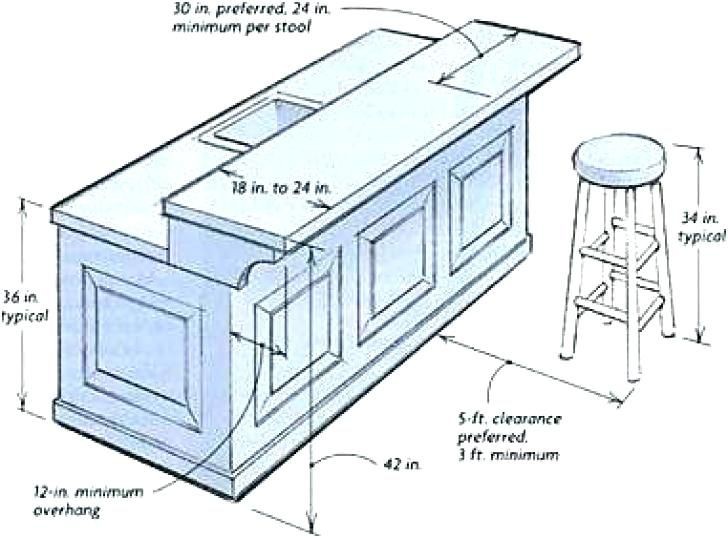
Why Kitchen Countertop Bar Dimensions Matter
 When designing or remodeling your kitchen, one of the most important elements to consider is the
kitchen countertop bar dimensions
. Not only do these dimensions determine the functionality and usability of your kitchen, but they also play a significant role in the overall aesthetics of your home. Choosing the right
countertop bar dimensions
can make a huge difference in the flow and feel of your kitchen, making it a welcoming and functional space for cooking, dining, and entertaining.
When designing or remodeling your kitchen, one of the most important elements to consider is the
kitchen countertop bar dimensions
. Not only do these dimensions determine the functionality and usability of your kitchen, but they also play a significant role in the overall aesthetics of your home. Choosing the right
countertop bar dimensions
can make a huge difference in the flow and feel of your kitchen, making it a welcoming and functional space for cooking, dining, and entertaining.
Factors to Consider
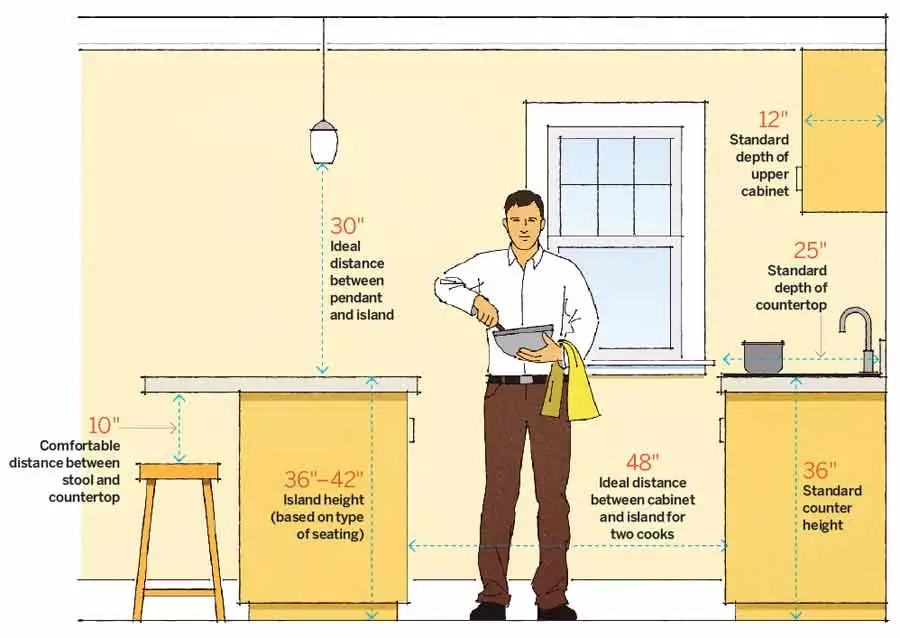 There are several factors to consider when determining the
dimensions
of your kitchen countertop bar. First and foremost, think about your
personal needs and preferences
. Do you want a bar that is primarily used for dining and entertaining, or do you plan on using it as a workspace for cooking and meal preparation? This will help determine the length and width of your countertop bar.
Additionally, you must consider the
size and layout
of your kitchen. If you have a smaller kitchen, a longer bar may not be practical, as it could make the space feel cramped and crowded. On the other hand, a larger kitchen may have more flexibility in terms of
countertop bar dimensions
. You should also take into account the
height
of your bar, as it should be comfortable and ergonomic for both standing and sitting.
There are several factors to consider when determining the
dimensions
of your kitchen countertop bar. First and foremost, think about your
personal needs and preferences
. Do you want a bar that is primarily used for dining and entertaining, or do you plan on using it as a workspace for cooking and meal preparation? This will help determine the length and width of your countertop bar.
Additionally, you must consider the
size and layout
of your kitchen. If you have a smaller kitchen, a longer bar may not be practical, as it could make the space feel cramped and crowded. On the other hand, a larger kitchen may have more flexibility in terms of
countertop bar dimensions
. You should also take into account the
height
of your bar, as it should be comfortable and ergonomic for both standing and sitting.
Standard Dimensions
 While there is no one-size-fits-all solution for
kitchen countertop bar dimensions
, there are some standard measurements that can serve as a starting point for your design. A typical bar height ranges from
36 to 42 inches
, although this can vary depending on your personal height and the height of your stools or chairs. The
depth
of your bar should be at least
24 inches
to accommodate dining and food preparation, but it can be up to
30 inches
for added workspace.
While there is no one-size-fits-all solution for
kitchen countertop bar dimensions
, there are some standard measurements that can serve as a starting point for your design. A typical bar height ranges from
36 to 42 inches
, although this can vary depending on your personal height and the height of your stools or chairs. The
depth
of your bar should be at least
24 inches
to accommodate dining and food preparation, but it can be up to
30 inches
for added workspace.
Customization Options
 If you have a specific vision in mind for your kitchen, you may want to consider
customizing
your countertop bar dimensions. This can include incorporating unique shapes, materials, and
additional features
such as built-in storage or a sink. Working with a professional designer or contractor can help you create a customized kitchen that meets all of your needs and preferences.
If you have a specific vision in mind for your kitchen, you may want to consider
customizing
your countertop bar dimensions. This can include incorporating unique shapes, materials, and
additional features
such as built-in storage or a sink. Working with a professional designer or contractor can help you create a customized kitchen that meets all of your needs and preferences.
Conclusion
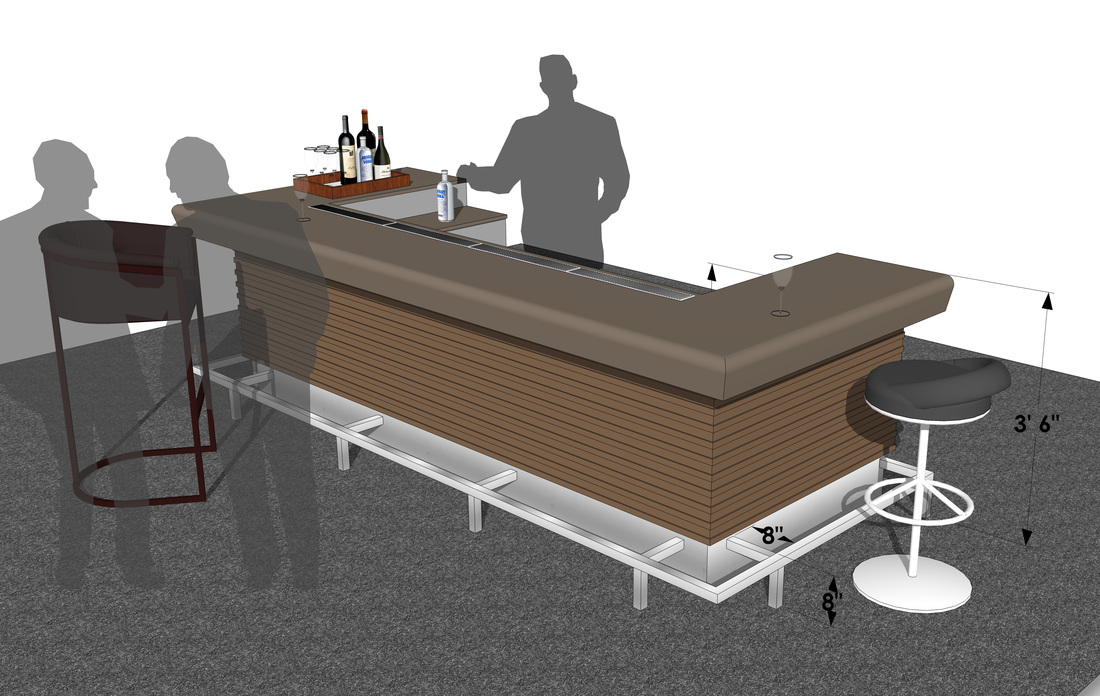 When it comes to kitchen design, the
countertop bar dimensions
may seem like a minor detail. However, they can greatly impact the overall look and functionality of your space. By considering your personal needs, kitchen size, and standard measurements, you can create a beautiful and functional kitchen that is tailored to your unique style. So don't overlook the importance of
kitchen countertop bar dimensions
when designing your dream home.
When it comes to kitchen design, the
countertop bar dimensions
may seem like a minor detail. However, they can greatly impact the overall look and functionality of your space. By considering your personal needs, kitchen size, and standard measurements, you can create a beautiful and functional kitchen that is tailored to your unique style. So don't overlook the importance of
kitchen countertop bar dimensions
when designing your dream home.

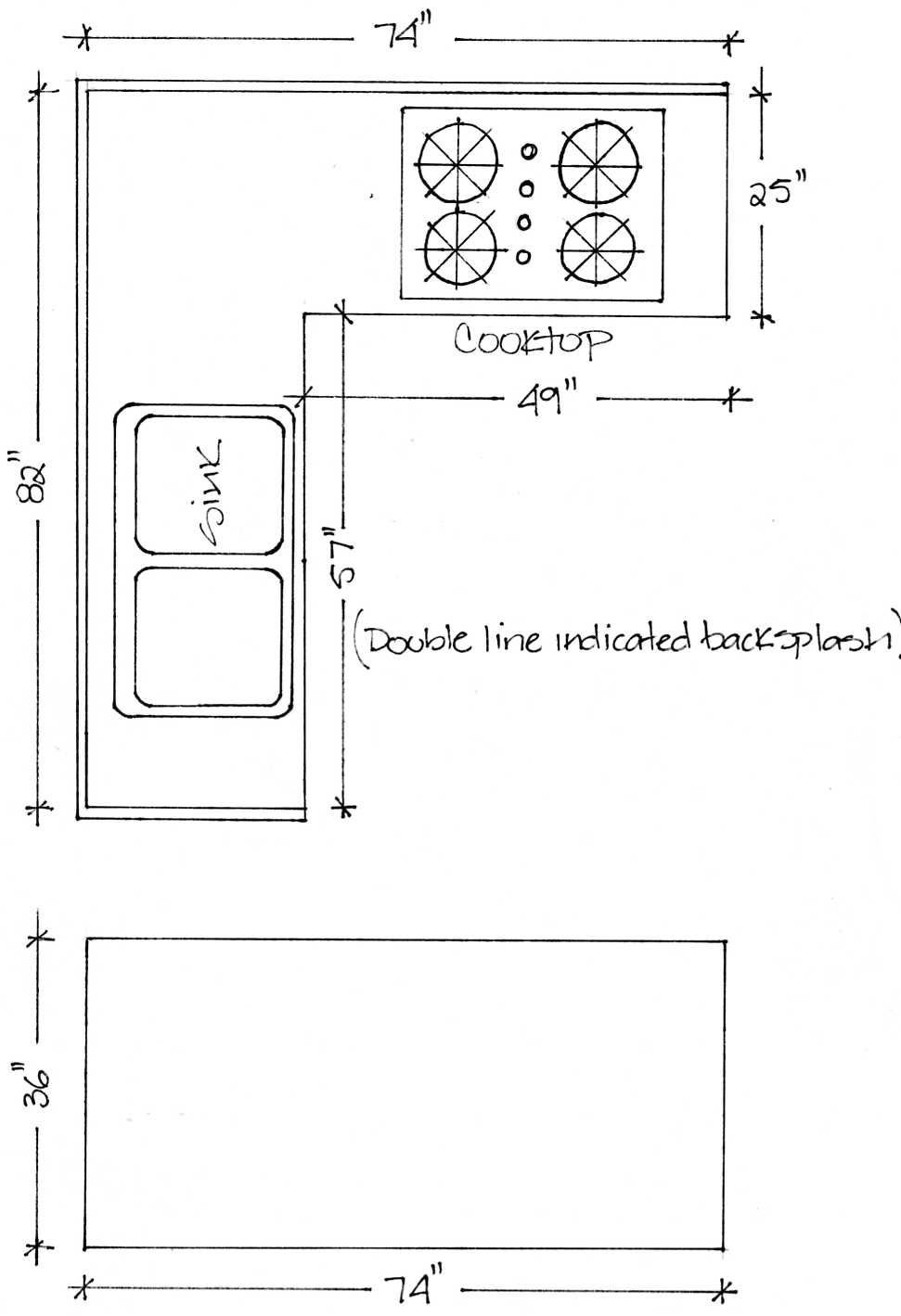

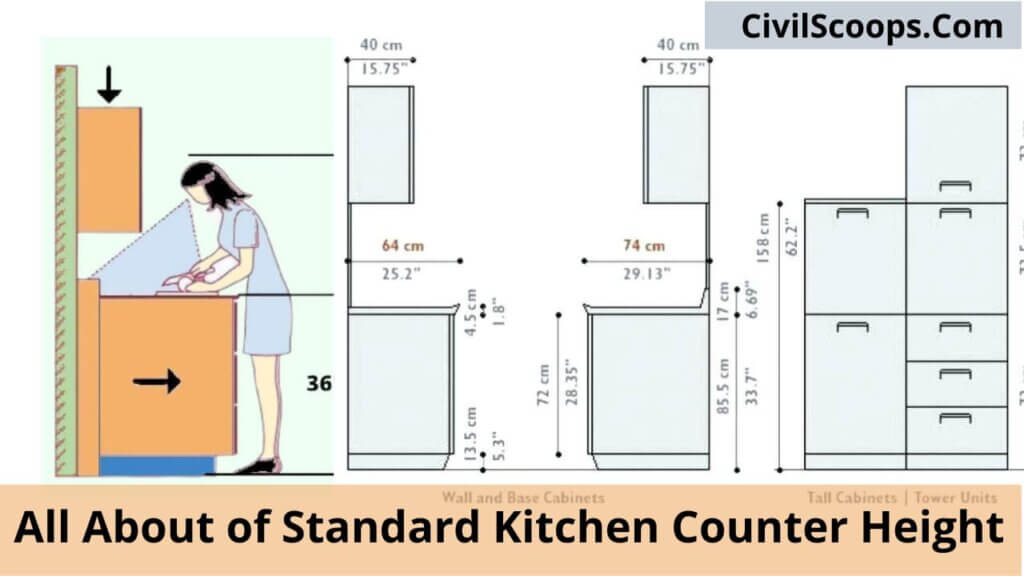
/125410192-56a2ae863df78cf77278c252.jpg)

